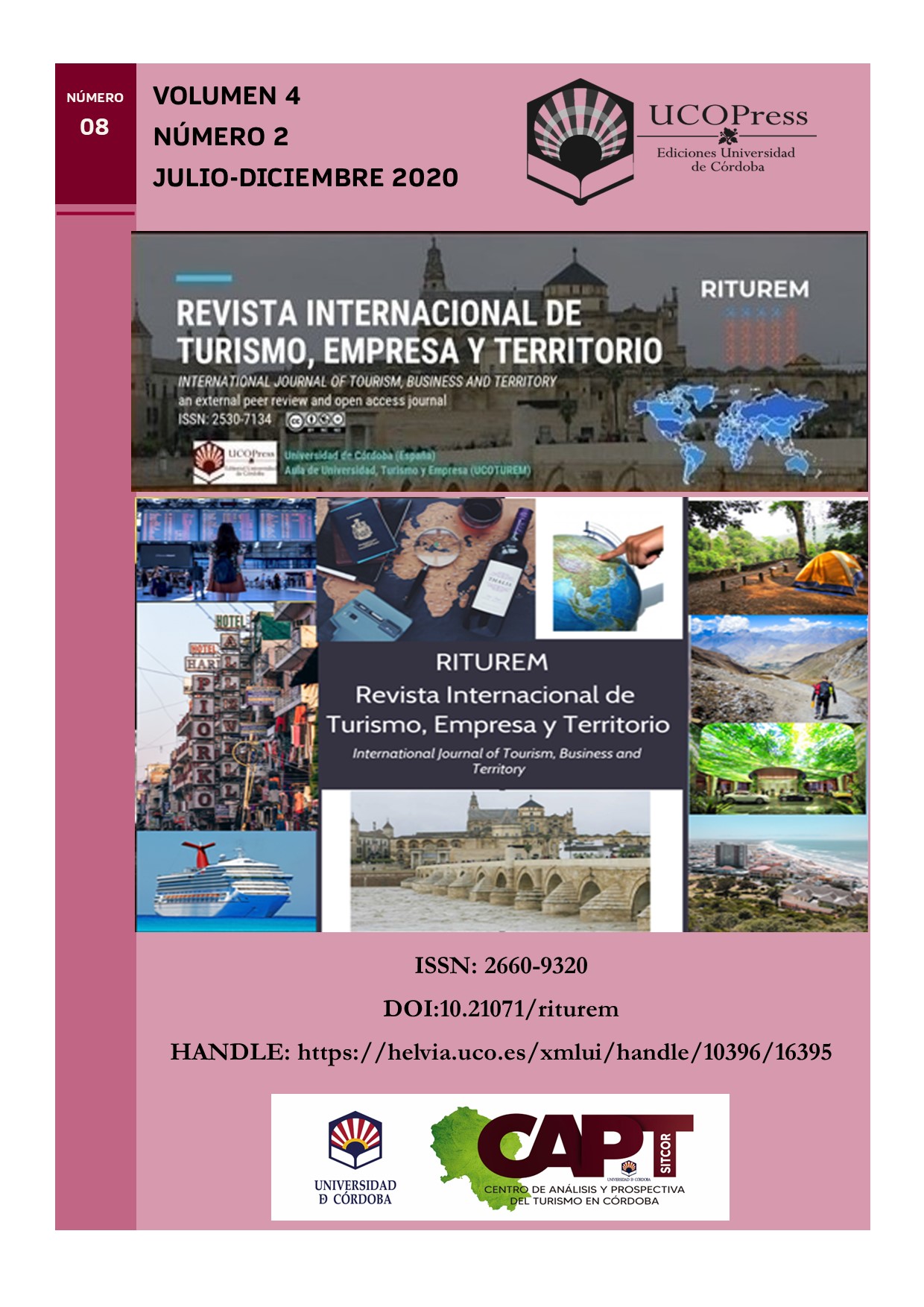Las redes colaborativas con stakeholders en la innovación y la sostenibilidad de las empresas turísticas
Contenido principal del artículo
Resumen
Uno de los sectores más afectados por la crisis sanitaria y económica provocada por el COVID-19 es el turístico, ya que la demanda por estos servicios ha caído drásticamente. Esto podría empeorar si no se consideran los cambios en el comportamiento del turista, que involucra la demanda de productos sustentables. El objetivo de este trabajo es identificar el valor de la información generada por las redes que tiene la industria turística con los stakeholders en el desarrollo de innovaciones sustentables. Se realizó un análisis bibliométrico de artículos científicos de alto impacto que abordaron el tema del 2000 a 2020, con evidencia sobre el uso de redes de conocimiento con stakeholders como fuente de información externa. Los hallazgos demuestran que los clientes, proveedores y competidores, son las fuentes más utilizadas en el desarrollo de innovaciones. Sin embargo, los pobladores del lugar en donde se instala la empresa turística generan información de mayor utilidad para desarrollar innovaciones sustentables con el entorno y con la comunidad, ya que son los que tienen mayor conocimiento sobre los problemas que implica el cuidado del medio ambiente de manera cercana, saben sobre las raíces culturales, artísticas y artesanales del lugar y se involucran con su entorno.
Palabras clave: innovaciones sustentables; capacidad de absorción; redes de conocimiento; stakeholders; turismo; COVID-19.
Descargas
Detalles del artículo
Avisos de derechos de autor propuestos por Creative Commons
Política propuesta para revistas que ofrecen acceso abierto
Aquellos autores/as que tengan publicaciones con esta revista, aceptan los términos siguientes:
- Los autores/as conservarán sus derechos de autor y garantizarán a la revista el derecho de primera publicación de su obra, el cuál estará simultáneamente sujeto a la licencia Creative Commons CC BY-NC 4.0 (https://creativecommons.org/licenses/by-nc/4.0/deed.es ) , que permite a terceros compartir la obra y permitir obras derivadas siempre que se indique su autor, su primera publicación en esta revista y cuando no se haga uso comercial.
- Los autores/as podrán adoptar otros acuerdos de licencia no exclusiva de distribución de la versión de la obra publicada (p. ej.: depositarla en un archivo telemático o en un repositorio institucional o publicarla en un libro monográfico) siempre que se indique la publicación inicial en esta revista.
- Se permite y recomienda a los autores/as difundir su obra a través de Internet (p. ej.: en archivos telemáticos y repositorios institucionales o en su página web) antes, durante y con posterioridad al proceso de envío, lo cual puede producir intercambios interesantes y aumentar las citas de la obra publicada. (Véase El efecto del acceso abierto).
